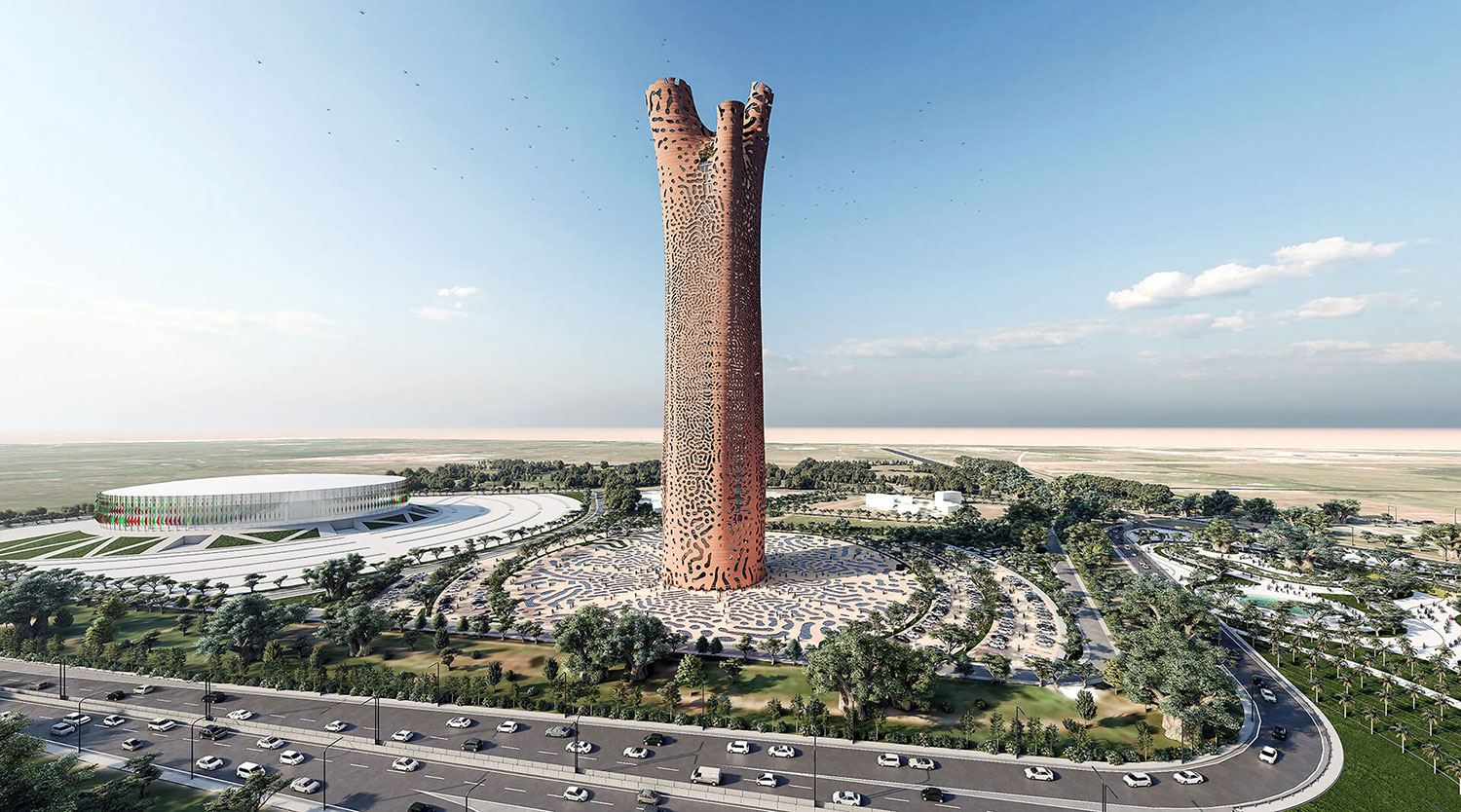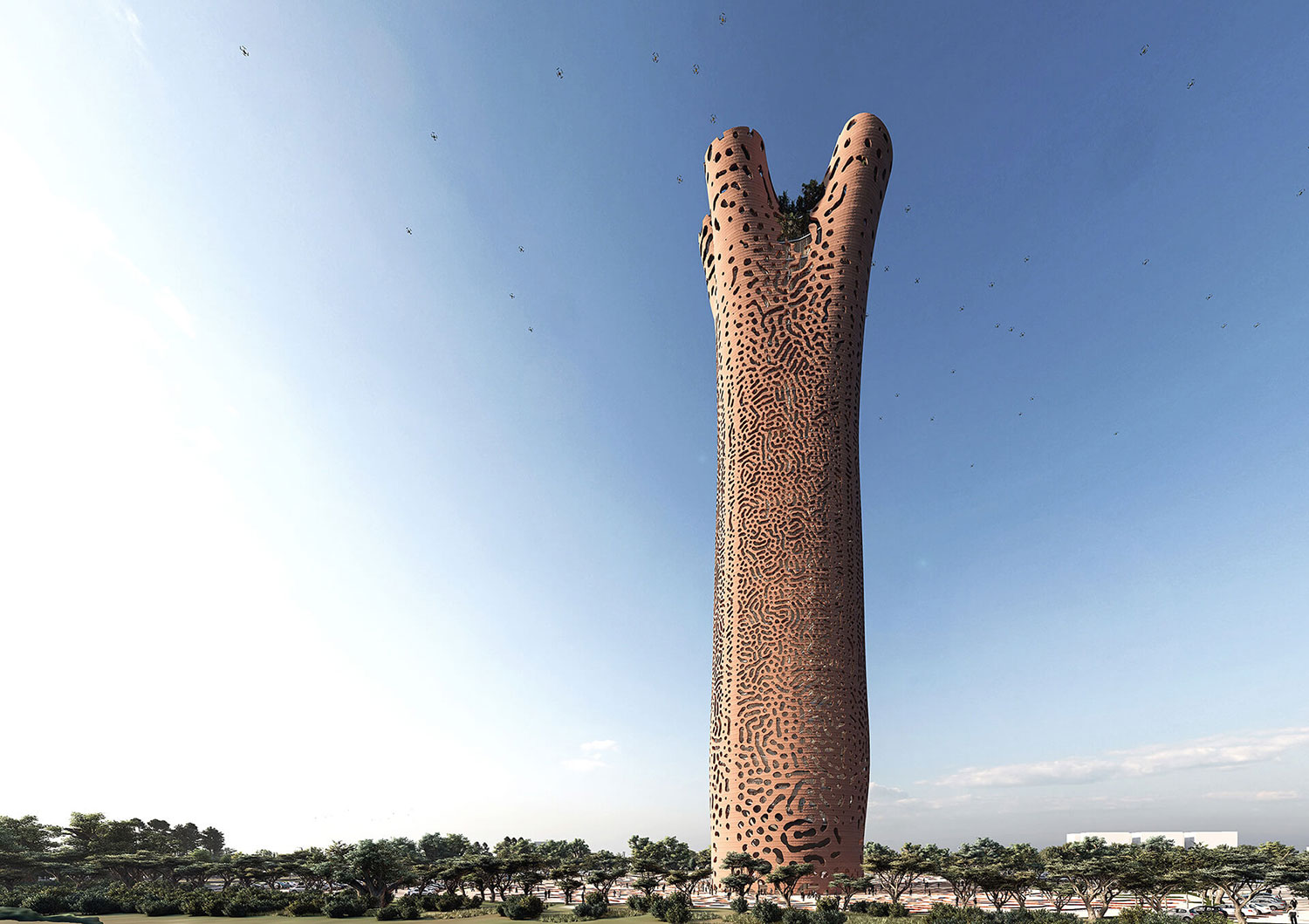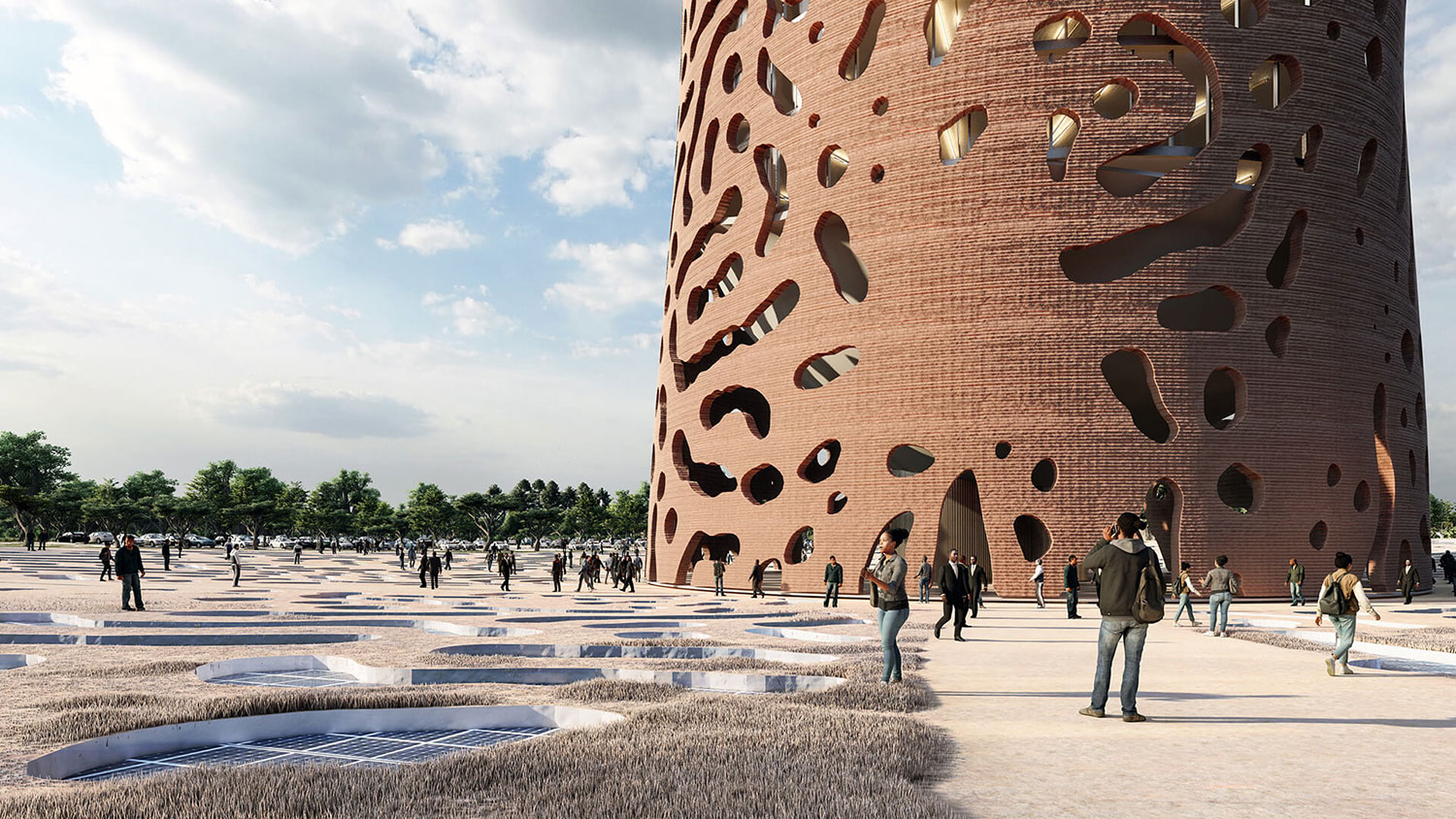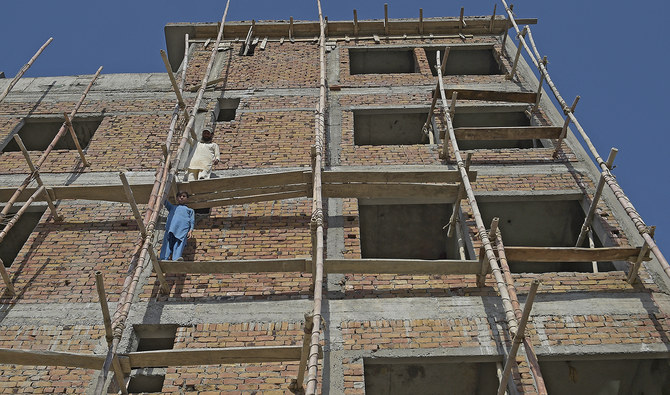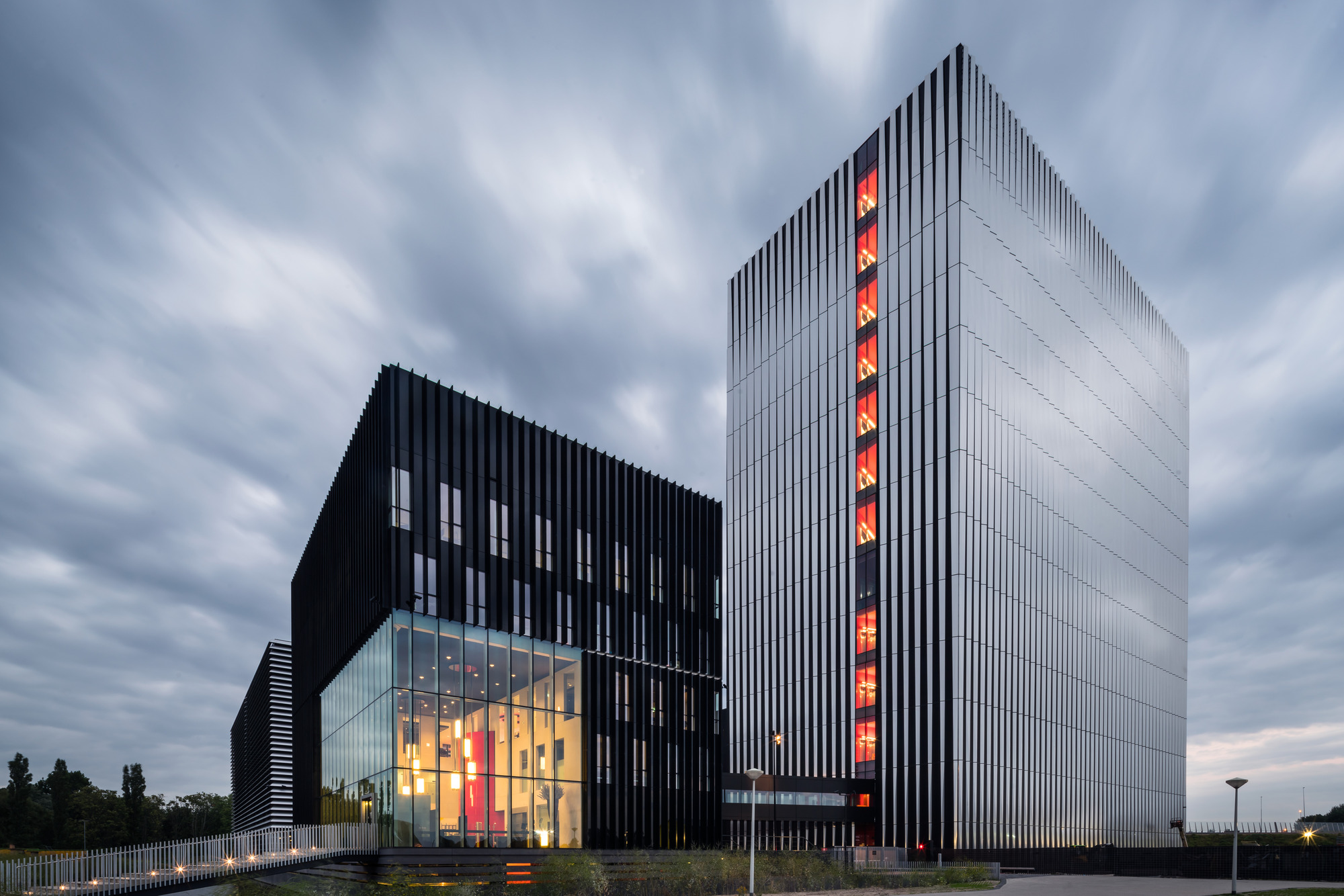We use cookies on our website to give you the most relevant experience by remembering your preferences and repeat visits. By clicking “Accept All”, you consent to the use of ALL the cookies.
Around the world ,
THE TOWER OF LIFE
Dakar, Senegal
THE TOWER OF LIFE
Dakar, Senegal




